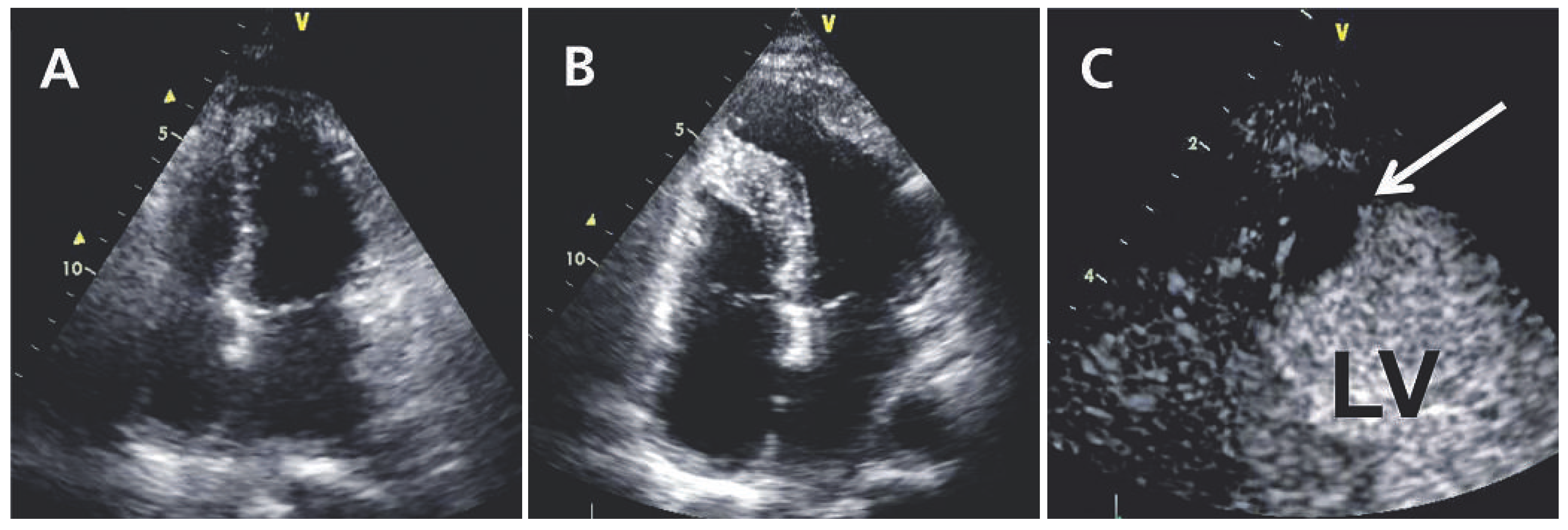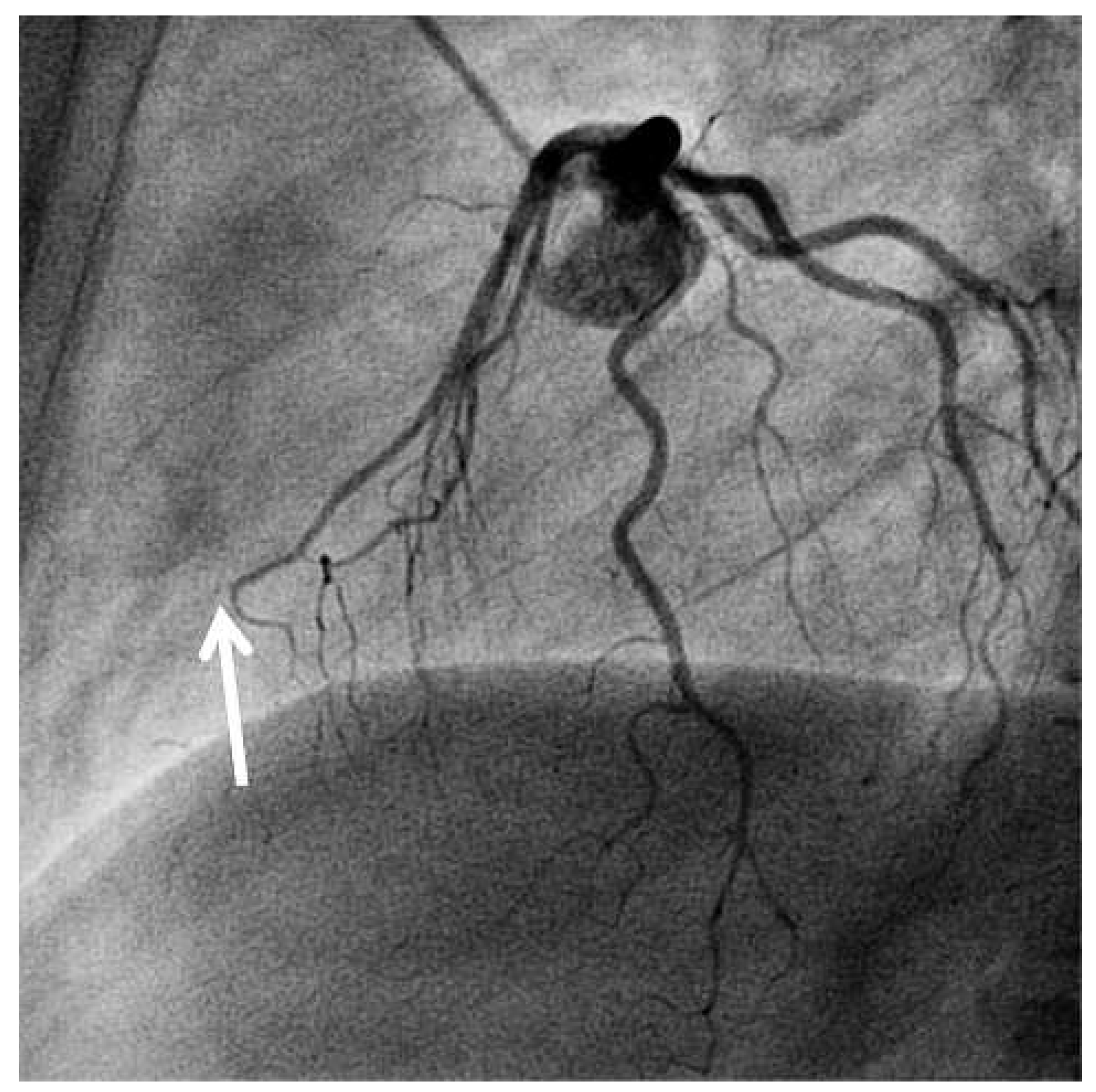Left Ventricular Apical Thrombus Many Months After Pericardial Biopsy
Funding / potential competing interests


© 2013 by the author. Attribution - Non-Commercial - NoDerivatives 4.0.
Share and Cite
Ehl, N.F.; Rohner, F.; Rickli, H.; Maeder, M.T. Left Ventricular Apical Thrombus Many Months After Pericardial Biopsy. Cardiovasc. Med. 2013, 16, 132. https://doi.org/10.4414/cvm.2013.00123
Ehl NF, Rohner F, Rickli H, Maeder MT. Left Ventricular Apical Thrombus Many Months After Pericardial Biopsy. Cardiovascular Medicine. 2013; 16(4):132. https://doi.org/10.4414/cvm.2013.00123
Chicago/Turabian StyleEhl, Niklas F., Franziska Rohner, Hans Rickli, and Micha T. Maeder. 2013. "Left Ventricular Apical Thrombus Many Months After Pericardial Biopsy" Cardiovascular Medicine 16, no. 4: 132. https://doi.org/10.4414/cvm.2013.00123
APA StyleEhl, N. F., Rohner, F., Rickli, H., & Maeder, M. T. (2013). Left Ventricular Apical Thrombus Many Months After Pericardial Biopsy. Cardiovascular Medicine, 16(4), 132. https://doi.org/10.4414/cvm.2013.00123



